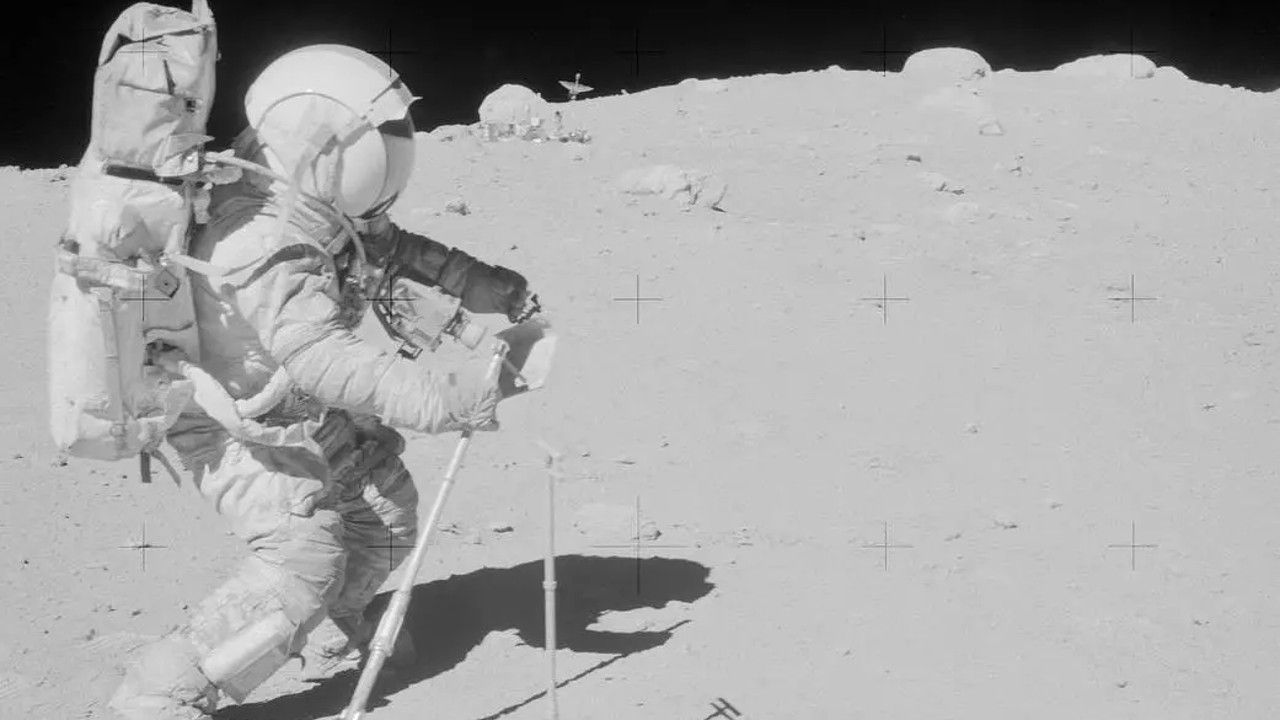New study of Apollo 16 moon samples reveals hidden lunar history

Scientists are still piecing together the moon's detailed past with the aid of lunar samples gathered during NASA's Apollo missions more than 50 years ago.
Identifying and locating valuable natural resources on the Moon could be crucial in the development of lunar bases, experts believe.
On arriving in the heavily cratered Descartes region of the lunar highlands, astronauts John Young, Charles Duke and Ken Mattingly discovered and collected approximately 200 pounds (96 kg) of material from the moon's surface. Analysis of small, soil-like pebbles within those samples, gathered by the astronauts as they raked the landing site, has revealed the presence of gases such as argon and xenon. These captured gases act as markers for historical global weather processes including solar wind and asteroid impacts that have played a significant role in shaping and re-modelling the moon's surface over a period of billions of years.
.
Scientists claim that this recent investigation of trapped lunar gases is beginning to unearth fresh insights into the Moon's past.
.
While examining samples collected during the Apollo 16 mission, Nottingham and his colleagues employed mass spectrometry techniques to record details of various noble gases in the samples and their quantities. This information, as Nottingham noted, was instrumental in calculating how long the samples had been exposed on, or close to, the moon's surface.
These samples, formed from moon dust fusing into rock due to the massive impact of asteroids, reveal they have been exposed to solar winds and asteroid collisions for an extended period of time.
The ages at which the samples were exposed varied greatly, ranging from 2.5 billion years ago to under a billion, indicating that the soil around the lunar landing site is "well blended", with some of it having been scattered to the surface by more recent impacts, according to the new study.
Nottingham holds that studies of this nature will enable researchers to gain a more profound understanding of the lunar presence and concentration of noble gases and other elements, thus facilitating a more informed advance in planning humanity's future lunar probes.
"It's truly astonishing, considering the samples brought back by Apollo 16 over five decades ago, that they still hold numerous secrets about the moon's past, with potential to significantly impact how we explore the solar system in years to come," said Nottingham.
Published on 15 October in the Meteoritics and Planetary Science journal
Post a Comment for "New study of Apollo 16 moon samples reveals hidden lunar history"